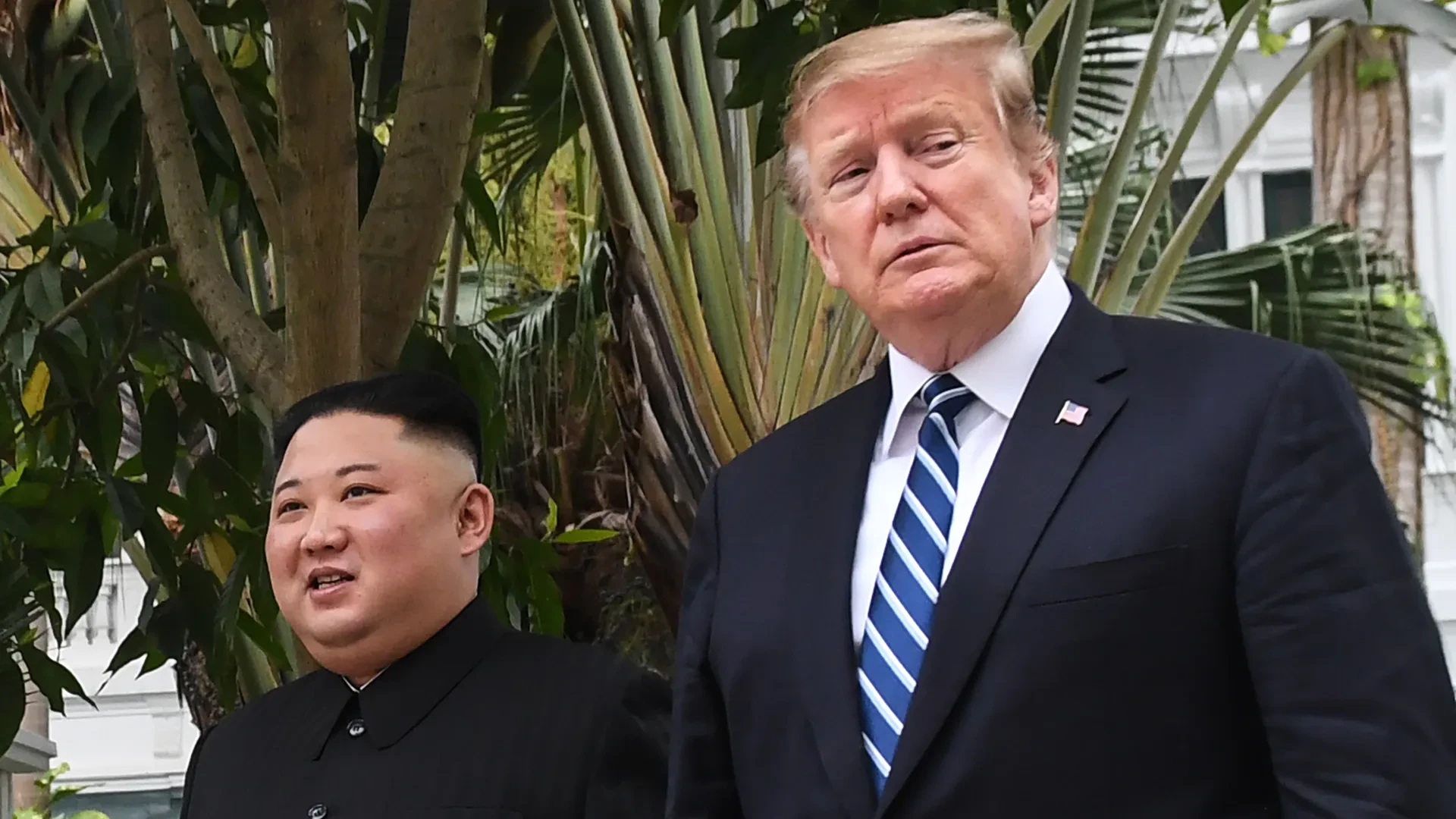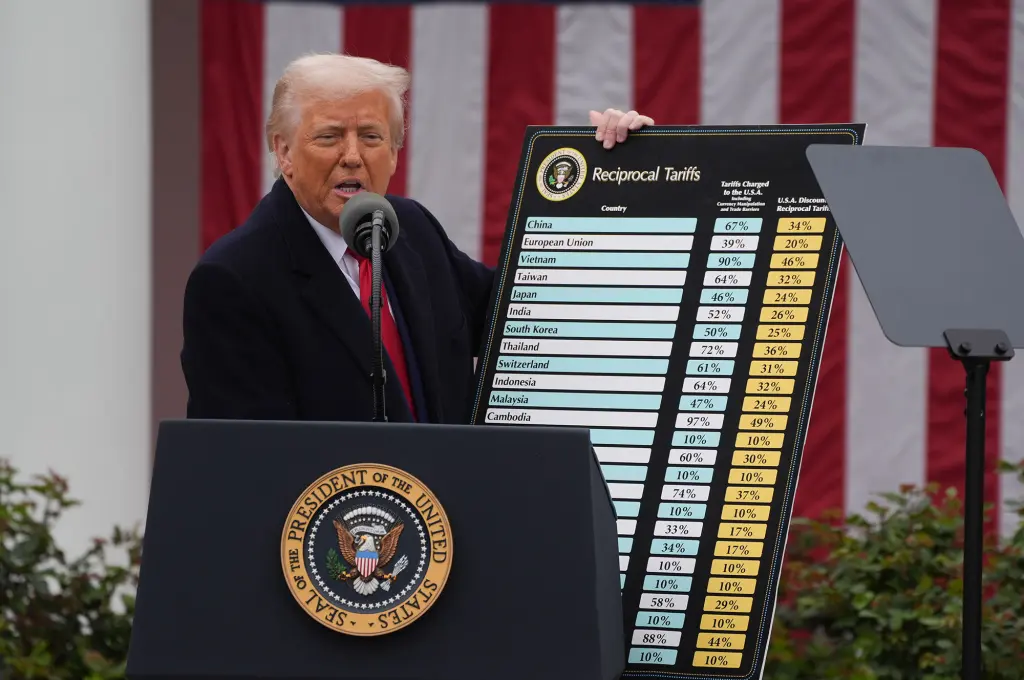Prime Minister Mark Carney said Friday, August 22, 2025, that Canada will remove many of its retaliatory tariffs on U.S. goods that qualify under the United States–Mexico–Canada Agreement (USMCA), a move he described as aligning Canada’s policy with U.S. exemptions and designed to restart stalled talks with Washington. Tariffs on autos, steel, and aluminum will remain in place while discussions continue. Carney framed the change as restoring “free trade for the vast majority of our goods,” while keeping focus on sectors where disputes persist. The policy shift takes effect September 1 and immediately follows a Cabinet meeting in Ottawa. Markets moved on the announcement, with the Canadian dollar extending gains after reports of the decision.
Rationale and U.S. response
Carney said the step “matches” the United States by removing Canada’s tariffs on U.S. goods specifically covered under USMCA, emphasizing that Canada “currently has the best trade deal with the United States” even if today’s arrangements differ from earlier rules. He added that President Donald Trump told him lifting the tariffs would “kick-start” negotiations; a White House official welcomed the move and said the administration looks forward to continued talks on trade and national security issues. Trump, speaking at the White House, called the decision “a nice thing,” said the two sides are “working on something,” and added, “I like Carney a lot.” Carney and Trump had spoken by phone the day before the announcement; Carney said the call confirmed that mirroring U.S. carve-outs would help reopen the broader conversation.
What changes—and what stays
Canada’s rollback covers a wide range of U.S. consumer imports that had faced 25% counter-tariffs since March, including categories like orange juice, wine, clothing, and motorcycles, so long as the shipments comply with USMCA rules of origin. Ottawa will retain tariffs on U.S. steel and aluminum at 25%, along with tariffs on U.S. autos, citing ongoing disputes in those sectors—mirroring areas where the United States continues to apply its own duties. Officials cast the policy as a shift from across-the-board retaliation to targeted pressure on strategic industries while trade talks proceed. The immediate effect is the removal of the March tranche of consumer-goods tariffs under USMCA coverage, with sector-specific levies maintained while negotiators address metals and automotive issues that have featured prominently in bilateral exchanges.
Political and economic context
Carney’s announcement marks a change from his campaign posture. He ran on a harder line and, during that period, matched U.S. auto tariffs with similar Canadian measures; as prime minister, his government has steadily moved toward exemptions, including rescinding a planned digital services tax in June to keep tech disputes from overshadowing trade talks. Earlier rounds of retaliation date to the previous government, which imposed 25% tariffs on roughly C$30 billion in annual U.S. shipments and prepared a broader plan covering up to C$155 billion, much of which was never activated. Reaction inside Canada has split: union leaders criticized relaxing counter-tariffs while U.S. sectoral tariffs remain, and the opposition called the move a capitulation; Carney countered that Canada is “matching what the U.S. is doing” and preparing for a formal review of the trade pact. Economically, analysts highlighted that the effective U.S. tariff burden on Canadian goods remains lower than the global average because USMCA coverage shields most bilateral trade—one reason cited for favoring de-escalation on consumer items while focusing on metals and autos. Inflation effects from Canada’s counter-tariffs have been limited; recent data showed year-over-year price growth below the Bank of Canada’s target.
USMCA review and the road ahead
Carney linked Friday’s step to the coming USMCA review, officially scheduled for July 2026; he said preparations will begin soon, with a likely start to the review process in the spring. He described Canada’s priority as securing outcomes in strategic sectors that still face tariffs—steel, aluminum, autos, and lumber—within a broader renewal of the pact. Business groups echoed that emphasis, arguing that successful review and renewal of USMCA is central to insulating Canadian firms from wider tariff regimes. U.S. officials have signaled interest in revisiting elements of the agreement, and Canada’s trade calculus reflects the scale of the bilateral relationship: more than three-quarters of Canadian exports go to the United States, while USMCA preferences keep a large share of cross-border goods duty-free. Carney underscored that dynamic with a comparative metric, citing an average U.S. tariff rate on Canadian goods of about 5.6% versus a much higher global average, and reiterated that the aim is to re-establish predictable rules for most trade while intensifying negotiations on the remaining disputes. He also noted that Canada and China were the only countries to respond with broad counter-tariffs to the recent round of U.S. measures, a point that has complicated talks but that Ottawa now seeks to set aside in favor of focused sectoral engagement.
Signals from Washington and bilateral mechanics
Trump publicly welcomed Ottawa’s step and said he expects further talks soon, while Commerce Secretary Howard Lutnick has argued that Canada’s counter-tariffs were hindering full negotiations and urged their removal. Reporting said the United States did not offer concessions in return for Canada’s announcement; instead, the change realigns Canada’s tariff posture with U.S. carve-outs already granted under USMCA. At the same time, U.S. sectoral tariffs in areas like metals remain in force and continue to affect Canadian producers, which is why Ottawa left its own metals and auto tariffs in place pending resolution. The next milestones are technical and political: implementing the September 1 changes at the border; continuing Cabinet-level engagement with Washington; and preparing a detailed agenda for the USMCA review that prioritizes sectoral issues without re-introducing broad consumer-goods tariffs. The test over the coming weeks will be whether the tariff rollback, combined with ongoing leader-level contact, produces momentum toward an updated trade and security framework that narrows the remaining disputes while preserving the breadth of tariff-free trade under USMCA.















Discussion